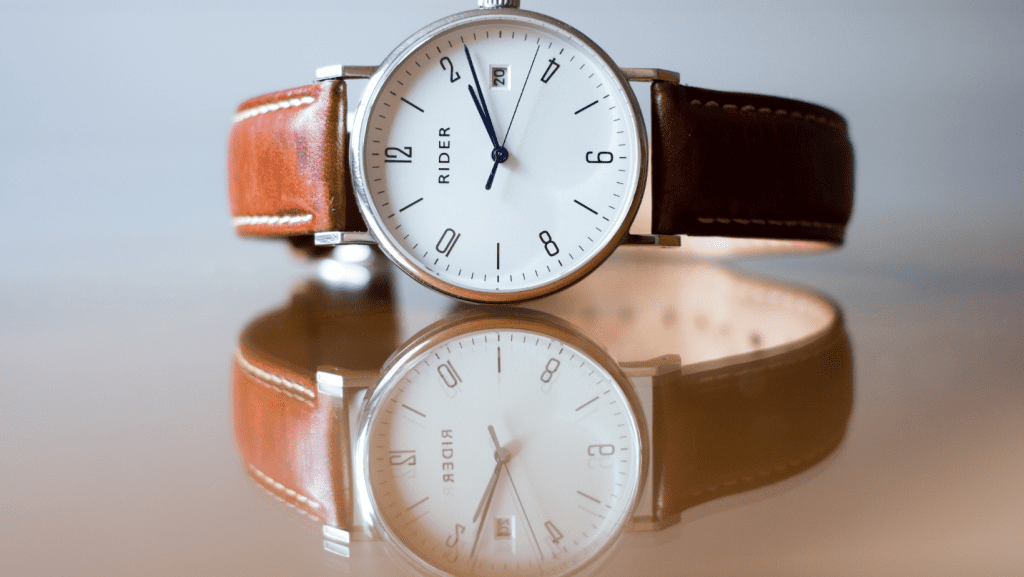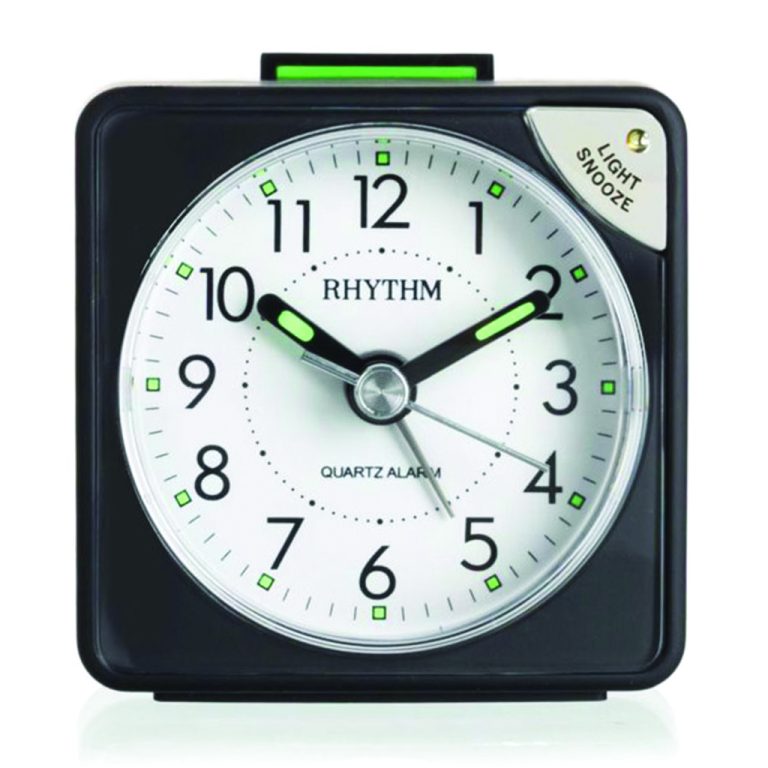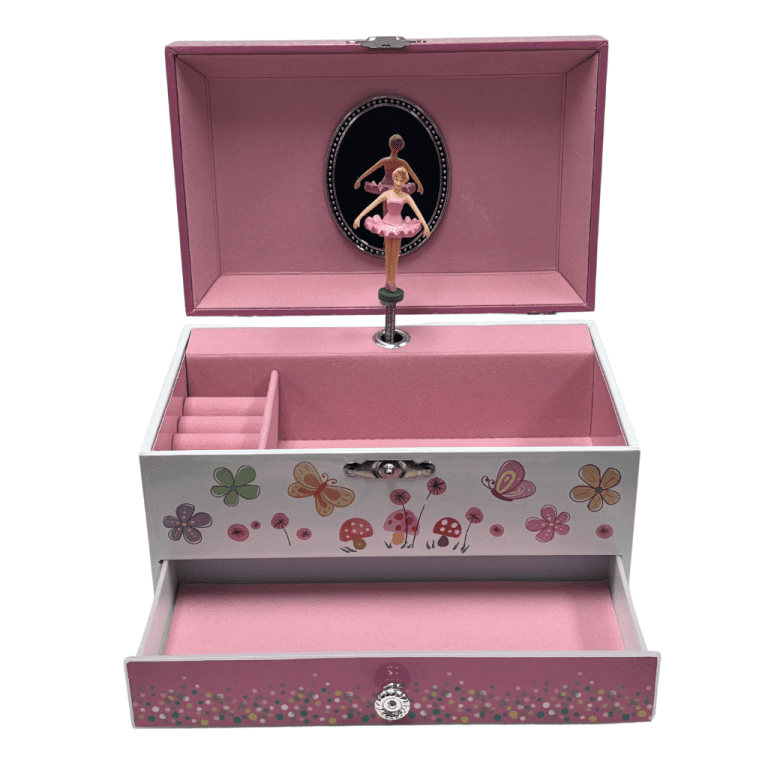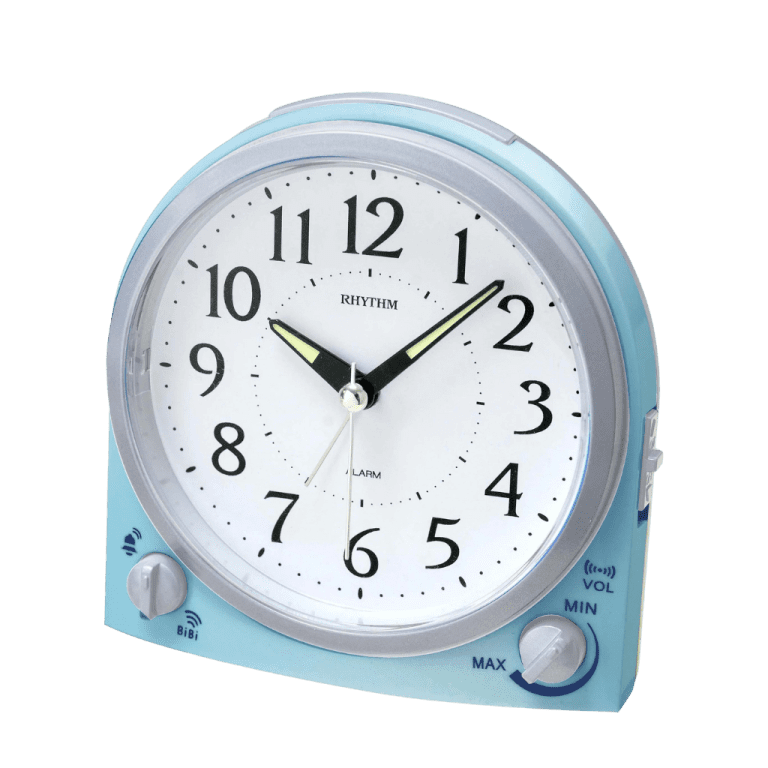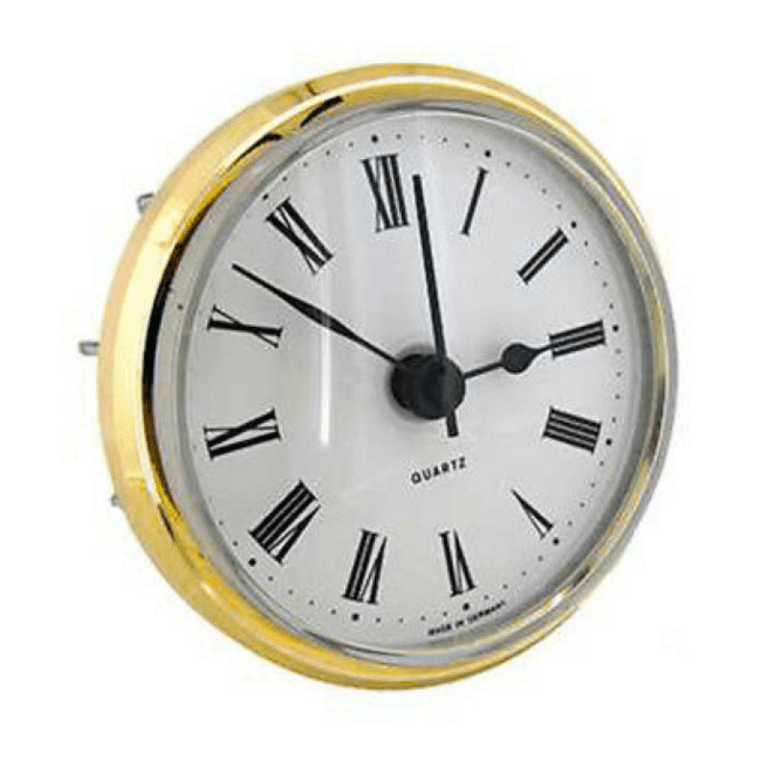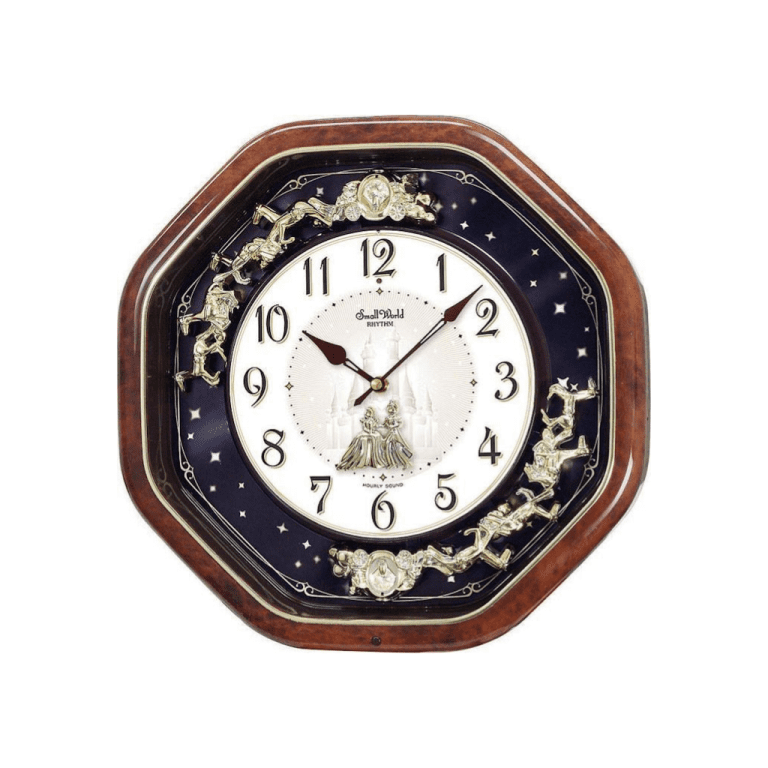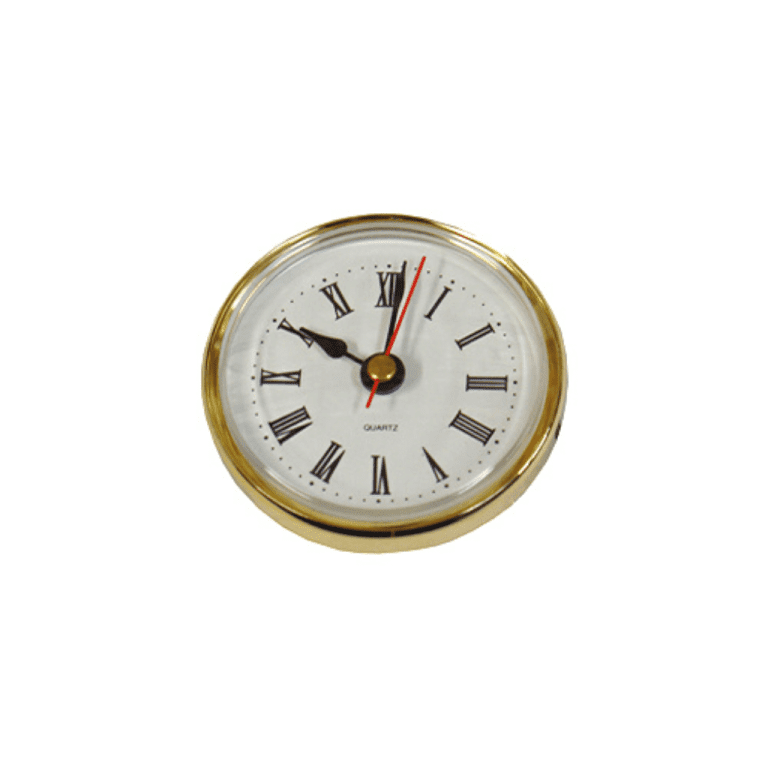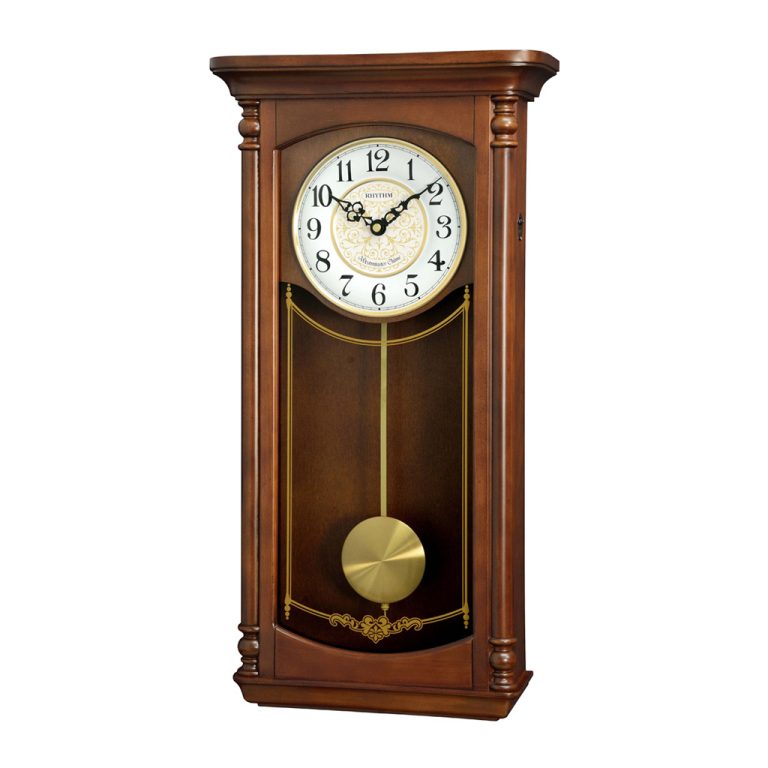The question “how are watches made?” is a bit too general to answer as is. Instead, we should focus on a specific type of watch. Luckily, there is one that is profoundly more interesting than the rest: Mechanical. Lets look into how to make a watch.
Generally, the most expensive and sought-after watches are mechanical, as opposed to quartz or digital. If you browse the website of a genuine luxury brand, the odds are that the vast majority of their pieces are mechanical and have a hefty price tag. The reason is that the inner workings of these watches are incredibly intricate, and many consumers see them as works of art.
For this reason, we will point our focus to mechanical watches, with a few ending notes on other variations.
Aesthetic and Functional Vision
Watches have been around for a long time. Ever thought about how watch parts are made? Before any production begins, the watch manufacturer needs to have a plan. One part of that plan is deciding on the aesthetics and functionality of the watch. As far as aesthetics, they need to focus on issues like color, size, buckle type, and more. For functional aspects, the manufacturer has many options such as bezel function, showing the date, being water resistant to great depths, or having a chronograph.
These decisions are important because they change the personality of the watch entirely. If you go one direction, you get a minimalist watch that just tells the time. On the other side of the spectrum, you might get a piece with a significant amount of functions and a design that turns heads. Once the manufacturer decides precisely what they’re trying to do with a piece, they can move on to the next step.
High-Tech Movement Design
The second aspect of pre-production planning is designing the movement of the watch, which is defined as the mechanics behind its various functions. Generally, this is some combination of springs, screws, wheels, and other typical mechanical pieces. Of course, not every watch is the same. Sometimes a manufacturer will want to create a unique movement, or they will include a difficult function like a full year calendar or chronograph. To do this, manufacturers use computer programs. This allows their engineers to develop perfect systems that are sure to function correctly. Once the movement is settled on and designed, it’s almost time for production to get started.
Choosing Materials
The last decision watchmakers need to make before beginning production is what material they want to use. (The standard is stainless steel.) Those include precious metals, ceramic, leather, expensive plastics and more. Again, these decisions are based on what the manufacturer’s goals are with the watch. If they want to create a bare bones model that is meant to solely tell time without costing too much, they will choose steel. If they are in the luxury space and want to create a piece with some flash, they may choose gold or silver.
In-House or Partnership?
Ever wondered how to build a watch? At this point, the manufacturer has a plan for the aesthetics, functionality, movement, and materials. Finally, they can move on to producing the watches. There are two ways to go about this. First, they can create the watch entirely or mostly in-house. This means that rather than sourcing their parts and materials from other businesses, they build a watch from the ground up. This is typical of luxury manufacturers, who pride themselves on controlling every aspect of production. The alternative is choosing a partner to produce some or all of the watch. That can mean contracting out individual pieces then assembling in-house, or submitting a design to a factory and having them build the entire watch. This practice is generally characteristic of more affordable brands.
Hand or Machine?
The final step in production is to decide which aspects of their watches will be hand built versus which will be built by machines. As with the former point, there is a split here for luxury and affordable pieces. In general, expensive pieces have more handmade aspects, while affordable watches are entirely machine-made.
How Quartz and Digital Differ
The other primary movement type, quartz, undergoes a similar process. The only difference is that the inner workings of those watches are usually less complicated than mechanical. For digital watches, the steps are again roughly similar, but when creating the dial and inside of the watch, they opt for digital circuitry.
If you’ve ever wondered why watches are so fascinating, perhaps this article has answered that question. The potential reason is that an incredible amount of time, effort, and creativity goes into making a timepiece. The manufacturer must make choices regarding aesthetics, functionality, movement, materials, and production specifics. Of course, you don’t see any of this when you make your purchase. Instead, you see only the result: A masterpiece.
Now that you know how watches are made and the watch making process, maybe you’ll appreciate the little wrist pieces a little more.
Credited to:https://www.watchshopping.com/

